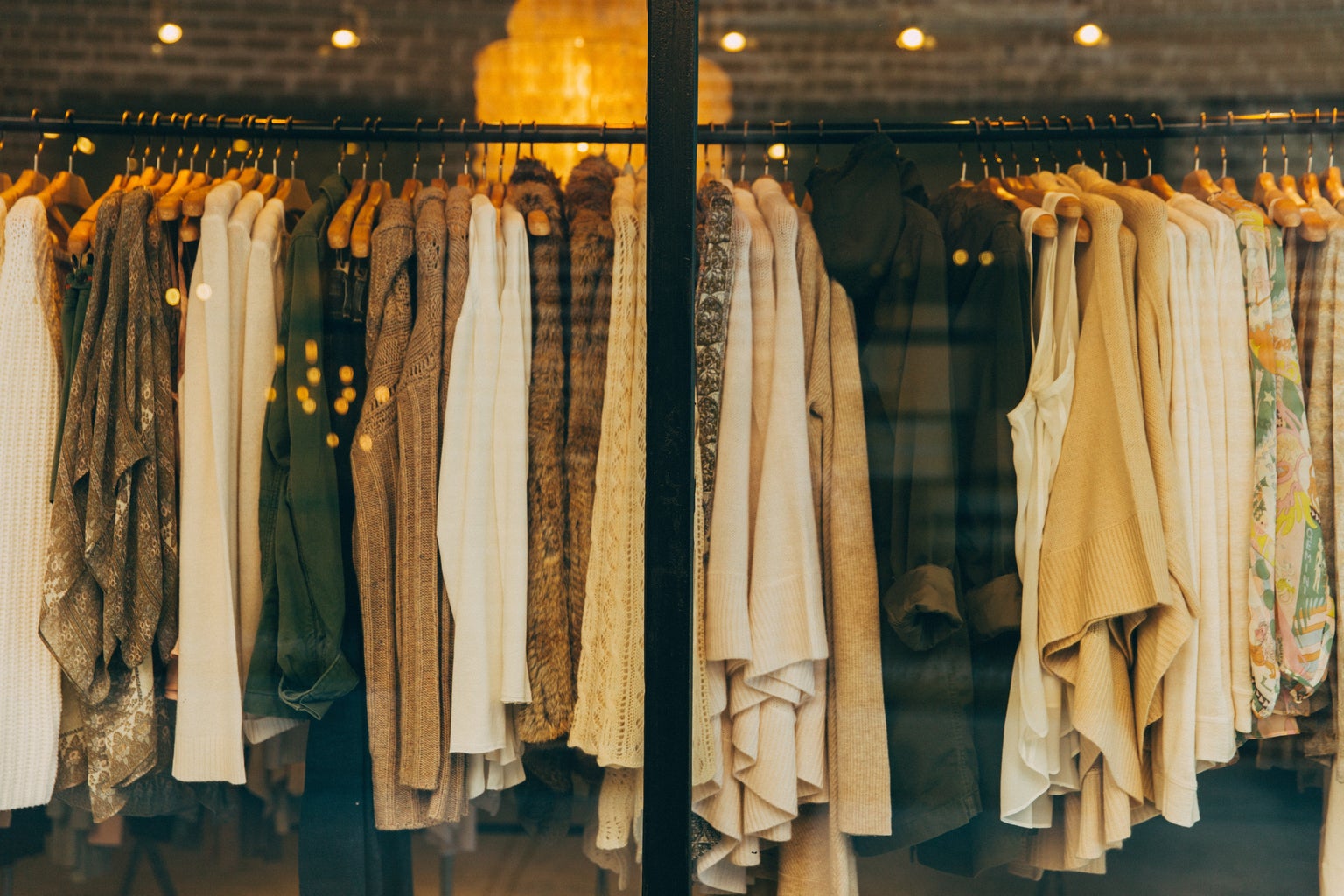Many college students are aware of the concept of fast fashion, but not all of them know exactly what it is or how to avoid it. Fast fashion is focused on rapidly manufacturing high volumes of clothing at low prices. On paper, this sounds like a good thing. However, fast fashion comes with many consequences. For example, fast fashion is responsible for water waste and global emissions, proving to be poor for the environment. With mass production, clothes are overly produced at a lower quality, meaning that the clothing does not last long and will be disposed of quickly. This creates waste. In addition, fast fashion companies tend to obtain clothing pieces from unorthodox methods. Factories tend to overwork employers for little pay in hazardous environments.
Many college students will unknowingly shop at stores that support fast fashion, such as Forever 21, H&M, Romew, GAP, and, most prominently, Shein. However, many will also shop fast fashion for low prices. College students, especially broke college students, do not have the means of purchasing high-quality clothing. Even so, I encourage you to investigate the values of a brand giving it your money. Taking it a step further, this article will cover the different methods to avoid fast fashion.
- Buy fewer clothes
-
By taking care of the clothes that you already have, you won’t need a reason to buy more clothing. For example, refrain from over-washing your clothes. Over-washing tends to degrade clothing and lessen its quality. Jeans typically do not need to be washed until they have gone through about four to five wears. Bras do not need to be washed until two-three wears. Other ways to maintain your clothing include wearing clothing in its respective setting (e.g., do not wear a nice dress while playing in the mud). Avoid deodorant and other types of stains in general. Also, when putting clothes away, fold clothes nicely and place clothing on the right hangers to avoid shoulder bumps.
Secondly, when a piece of clothing is damaged, you can fix the clothing on your own or have a tailor fix it for you. This way, you do not need to replace the piece. Learning to sew is a great skill, and you may be able to get creative with your sewing designs. With access to YouTube and Tik Tok, there are multiple resources available to help you. Finally, when shopping, look for quality over quantity. At times, this does include spending more money. However, if you spend more on one nice piece of clothing then you do not need to spend the same amount on multiple low-quality pieces of clothing. Quality clothing will last much longer and can be passed down over time.
- Thrift, thrift, thrift
-
As generations become more aware of the importance of sustainability, the idea of thrifting becomes more popular. Successful thrifters are able to create super cute fits out of recycled clothing, inspiring others to do the same. You can find thrifted items at non-profit thrift stores, such as Goodwill, or other second-hand stores like Plato’s Closet. In addition, events like flea markets and yard sales may provide recycled clothing as well.
If you are unable to thrift, the next best thing is to do your research when it comes to the brands that you are purchasing clothes from. Many brands will include descriptions of some type of sustainable efforts on their websites. However, depending on how in-depth these efforts seem to go, you can decide whether or not the brand is worth your money. Do the brand’s values align with your own?
- recycle your clothes
-
While you thrift for recycled clothing, try letting others thrift the clothes that you no longer wear! Through holding your very own yard sale, you can earn a bit of money while letting someone enjoy a new clothing piece. Many will sell their clothes online or give them to friends and family members. You can even hold on to pieces that you think future generations in your family may enjoy. Furthermore, you can donate clothes to charitable efforts rather than just tossing them. Recently, my family donated eight bags of clothing to the Purple Heart Foundation, an organization that focuses on enhancing the lives of veterans through donations.
In addition to finding new homes for your clothing, you can “rethink end-of-life.” For example, let’s say that you have an old shirt that has been worn and torn. Can you repurpose the shirt? Can the sleeve of the shirt be turned into a bandana? Can you decorate it or cut it to make it brand new? Take responsibility for the end of a product’s life. Sustainable fashion, if done right, is all about creativity and inspiring others to follow suit.




